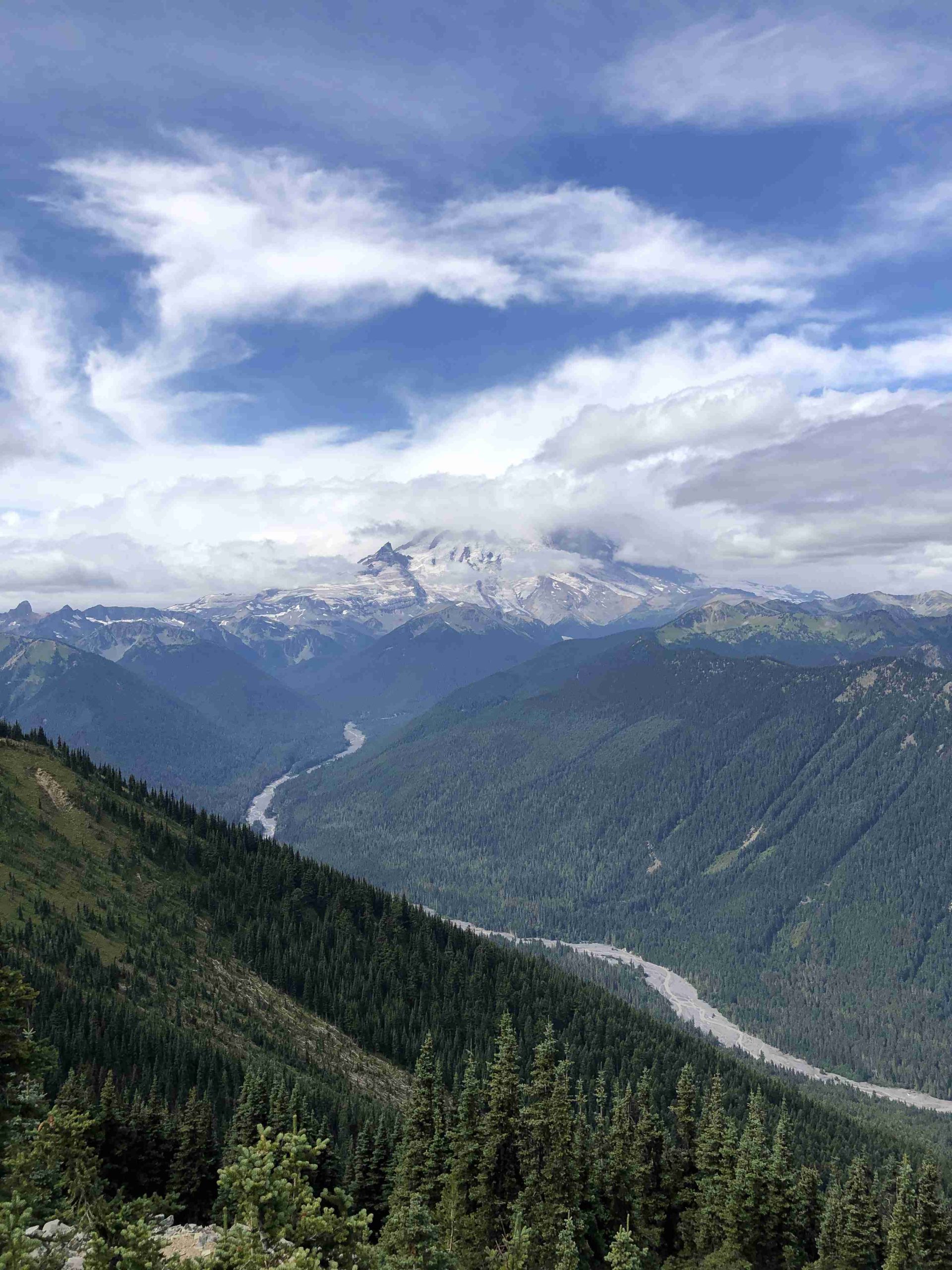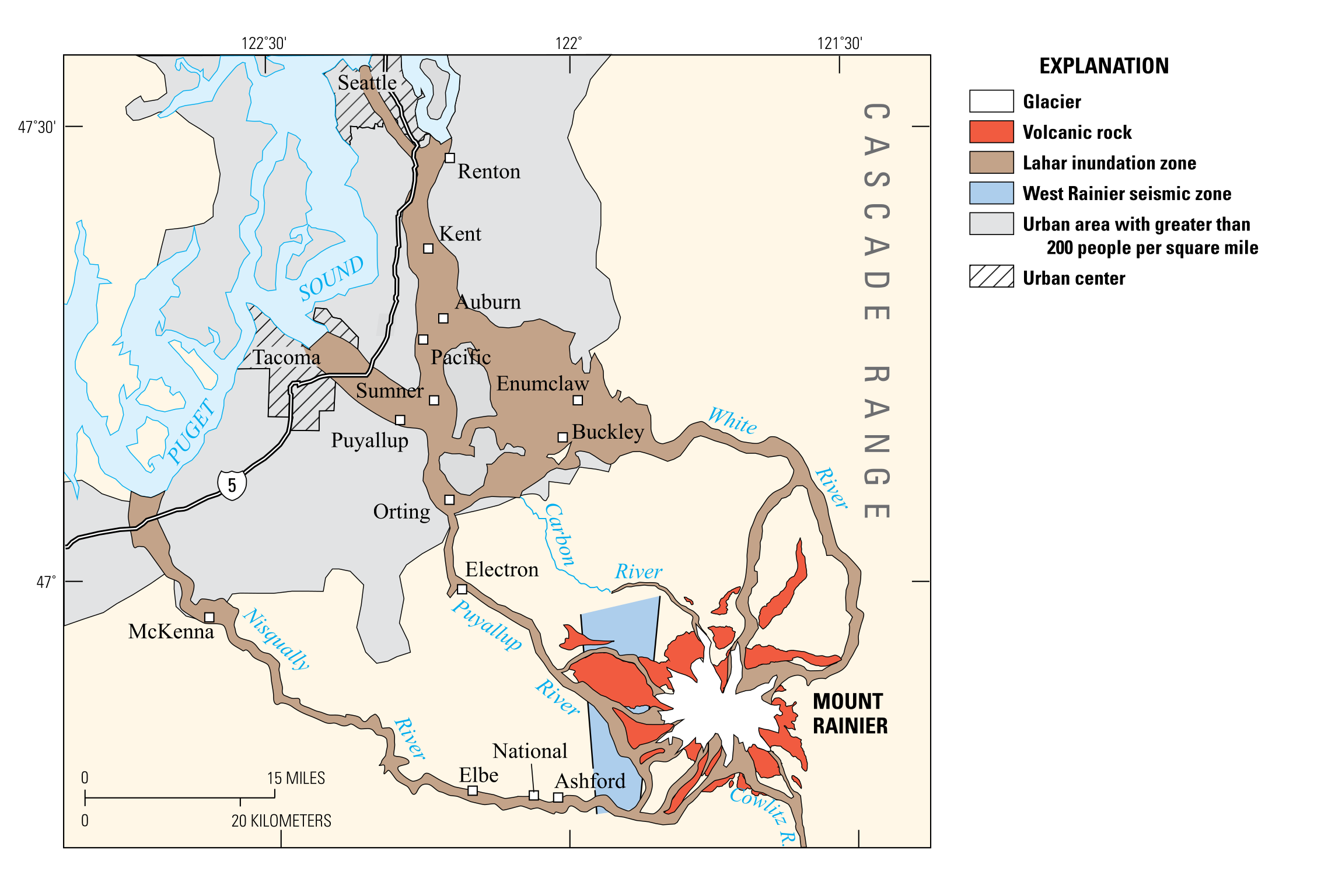Mount Rainier National Park offers several starting points for adventurers seeking to explore its majestic landscapes. The main entry points include Paradise, White River, and Ohanapecosh entrances, each providing unique access to different areas of the park. Paradise, located at 46.7855° N, 121.7344° W, serves as the most popular starting point, offering stunning views and access to various hiking trails. This guide will explore the different starting points, their accessibility, and what visitors can expect at each location.
What Are the Main Starting Points for Mount Rainier?

Mount Rainier National Park has several key starting points for visitors:
- Paradise Entrance
- White River Entrance
- Ohanapecosh Entrance
Each of these starting points offers unique experiences and access to different areas of the park. Let’s explore them in detail.
Paradise Entrance
The Paradise entrance is the most popular starting point for Mount Rainier adventures. Located at 39000 State Route 706 E, Ashford, WA 98304, it provides access to:
- Paradise Visitor Center
- Disappointment Cleaver route
- Various hiking trails
Accessibility:
– Accessible via SR 706 from Ashford, WA
– Open year-round, weather permitting
– Approximately 12 miles from Longmire and 60 miles from Sunrise
White River Entrance
The White River entrance is situated on the northeast side of the mountain and offers access to:
- Sunrise area
- Emmons Glacier route
- White River Campground
Accessibility:
– Accessible via SR 410
– Typically open from late June to early October, depending on snow conditions
Ohanapecosh Entrance
Located on the southeast side of the mountain, the Ohanapecosh entrance provides access to:
- Ohanapecosh Visitor Center
- Grove of the Patriarchs Trail
- Silver Falls Trail
Accessibility:
– Accessible via SR 123
– Usually open from late May to early November, weather permitting
What Parking Options Are Available at Mount Rainier Starting Points?

Parking is available at all major starting points in Mount Rainier National Park. Here’s a breakdown of parking options:
Paradise Visitor Center Parking
- Large parking lot available
- Free parking (park entrance fees apply)
- Disabled parking spaces available
- Can fill up quickly during peak season (summer months and weekends)
Sunrise Visitor Center Parking
- Parking lot available
- Free parking (park entrance fees apply)
- Disabled parking spaces available
- Less crowded than Paradise, but can still fill up on busy days
Ohanapecosh Parking
- Smaller parking areas available
- Free parking (park entrance fees apply)
- Limited spaces, arrive early during peak season
What Hiking Routes Are Available from Mount Rainier Starting Points?
Mount Rainier offers a variety of hiking routes suitable for different skill levels. Here are some popular routes from the main starting points:
From Paradise
- Disappointment Cleaver Route
- Length: 14.9 miles round trip
- Elevation Gain: 9,015 feet
- Difficulty: Very difficult (Class IV)
- Duration: 2-3 days
-
Features: Snowfields, glaciers, rocky terrain
-
Skyline Trail
- Length: 5.5 miles round trip
- Elevation Gain: 1,700 feet
- Difficulty: Moderate
- Duration: 4-5 hours
- Features: Wildflower meadows, panoramic views
From White River/Sunrise
- Emmons Glacier Route
- Length: Varies (longer than Disappointment Cleaver)
- Elevation Gain: Similar to Disappointment Cleaver
- Difficulty: Very difficult (Class IV)
- Duration: 2-3 days
-
Features: Glacier travel, steep terrain
-
Burroughs Mountain Trail
- Length: 7 miles round trip
- Elevation Gain: 2,500 feet
- Difficulty: Moderate to strenuous
- Duration: 4-6 hours
- Features: Alpine tundra, views of Emmons Glacier
From Ohanapecosh
- Silver Falls Loop Trail
- Length: 3 miles round trip
- Elevation Gain: 600 feet
- Difficulty: Easy to moderate
- Duration: 1-2 hours
-
Features: Old-growth forest, waterfall
-
Grove of the Patriarchs Trail
- Length: 1.5 miles round trip
- Elevation Gain: Minimal
- Difficulty: Easy
- Duration: 1 hour
- Features: Ancient cedar and Douglas fir trees
What Amenities Are Available at Mount Rainier Starting Points?
Each starting point offers various amenities to enhance your visit. Here’s a comparison:
| Amenity | Paradise | Sunrise | Ohanapecosh |
|---|---|---|---|
| Visitor Center | ✓ | ✓ | ✓ |
| Restrooms | ✓ | ✓ | ✓ |
| Water Refill Stations | ✓ | ✓ | ✓ |
| Trail Maps | ✓ | ✓ | ✓ |
| Food Services | ✓ | Limited | ✗ |
| Gift Shop | ✓ | ✓ | ✗ |
| Camping | Nearby | Nearby | ✓ |
Operational Hours:
– Paradise and Sunrise Visitor Centers: Typically 10 AM to 5 PM during peak season
– Ohanapecosh Visitor Center: Usually 9 AM to 5 PM during summer
How Accessible Are Mount Rainier Starting Points for Visitors with Disabilities?
Mount Rainier National Park strives to provide accessibility for all visitors:
- Many facilities, including visitor centers and restrooms, are wheelchair accessible
- Some trails, like the Paradise Vista Trail, are paved and accessible
- Accessible picnic areas are available at various locations
- The park offers a free shuttle service with wheelchair lifts during peak season
However, due to the mountainous terrain, not all areas are fully accessible. It’s recommended to check with park rangers for the most up-to-date accessibility information for specific areas and trails.
What Should Visitors Know Before Choosing a Mount Rainier Starting Point?
Before selecting a starting point for your Mount Rainier adventure, consider the following:
- Season: Some entrances and facilities are closed during winter months
- Skill Level: Choose routes that match your hiking experience and fitness level
- Crowds: Paradise is the busiest area; consider other starting points for a quieter experience
- Time: Plan your visit based on the time you have available and the activities you want to do
- Weather: Check current conditions, as they can change rapidly in the mountains
- Permits: Some activities, like backcountry camping, require permits
- Equipment: Ensure you have appropriate gear for your planned activities
By considering these factors, you can choose the Mount Rainier starting point that best suits your needs and ensures a memorable experience in this stunning national park.
